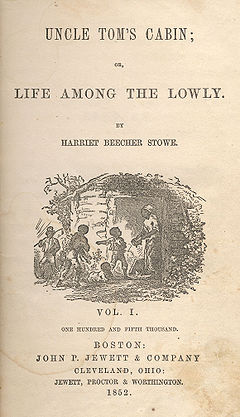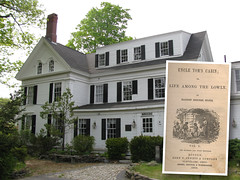I read through the FAQs and couldn't find a description of how to transfer a user's account to membership in a class. Students in our class have spread the word to some of their classmates about using GSM. They have signed up at home using free accounts. We'd like to transfer some of those accounts to our classroom/institutional account. For example, one of them has created a Featured Game.
Can I transfer his existing ID to our classroom, do you have to make that change, or do kids who want to join the class have to start again from scratch to build their GSM cred?
Thanks for your assistance.
SC Spaeth, MSAD75 Mentor
I checked one more FAQ in the Institutional sign up area it it seems as if kids can use the link to associate existing accounts with the class:
Let's hope that this community can develop into passionate affinity spaces that James Paul Gee advocates for learning in the 21st Century.Q: How do students (and other teachers) join my class/instituion and start using Gamestar?
A: Once your class or institution is set up, you'll receive an email and confirmation page message. This message will contain a friendly link for your students to follow to join your institution/class. When they follow the link, they'll have the opportunity to create a Gamestar Mechanic account. This account will automatically be joined to your class/institution. (If they already have a Gamestar account, they'll be able to use that account to join your class/institution, too). Once they complete this step, they'll enjoy all the features of your subscription.













